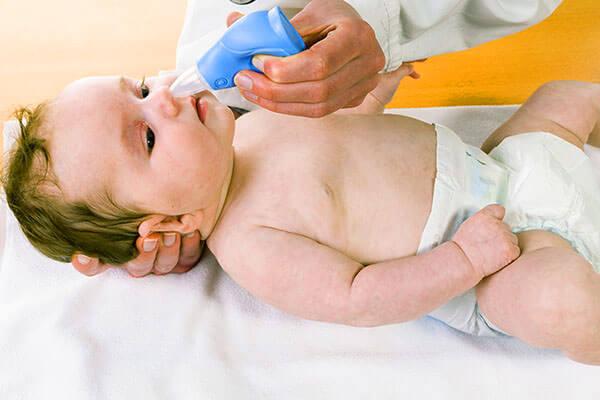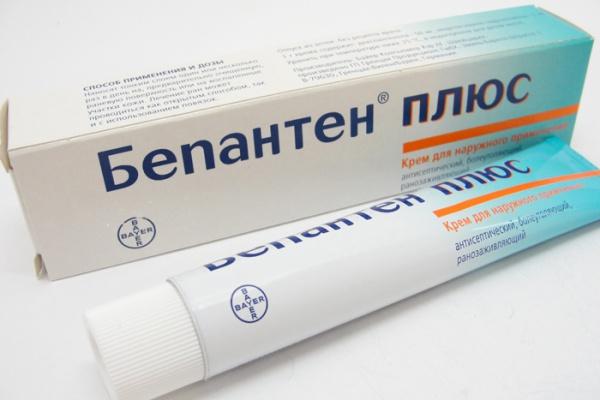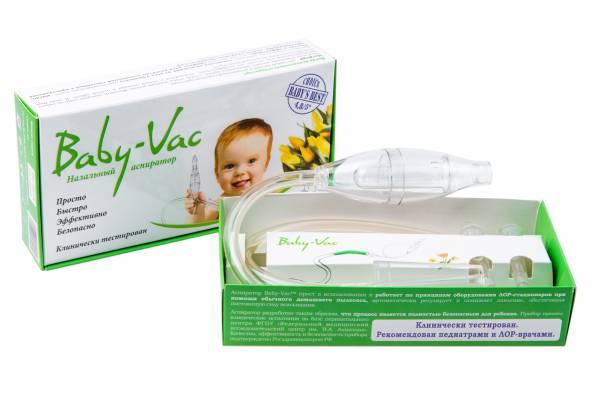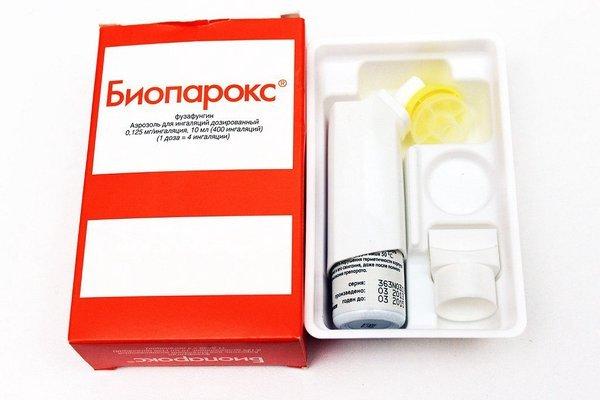How to treat thick, viscous snot in a child if they do not blow their nose
It is good for young mothers to know how to treat thick snot in a child. Snot is a natural reaction of the body to the influence of the outside world. With nasal mucus, the body protects itself from infection, dry air, and allergens. Viscous snot in a child is a signal for parents, pay attention to the well-being of the child.
You can start treatment for thick snot in a child before visiting a doctor. Until the cause of their appearance is clarified, it is limited to washing the nasal passages with warm water and salt. The salt concentration is small - for 500 ml of salt water 0.5 tsp. The more often you wash your child's nose, the better.
Salt water relieves nasal congestion, cleanses it of infection, prevents its penetration into the paranasal sinuses. Attentive parents begin this procedure as soon as they notice transparent thick snot in their baby.
In some cases, washing the nose is enough and for 2-3 days the child's transparent snot becomes white, less plentiful. The appearance of white discharge, a decrease in their intensity may indicate the attenuation of the inflammatory process in the nasopharynx.
In most cases, the child will not be able to cope with very thick snot by washing the nasal passages alone. There is no need to postpone a visit to the doctor. By secreting thick nasal mucus, the body can signal the onset of a serious illness that, without proper treatment, will become chronic; it cannot be expected that it will go away on its own.
How the color of snot reflects the nature of the disease
When examining babies, the pediatrician analyzes the density and color of nasal mucus. By its density and color draws certain conclusions. Green snot in a child is the most unpleasant. Their appearance may be a symptom of a serious illness caused by a bacterial (viral) infection. They can be the result of an untreated cold. Possible diagnoses of the onset of the disease:
- sinusitis;
- frontitis;
- rhinitis.
Infants are most at risk, in which the infection can spread to the ears, descend into the bronchi.
Viscous snot of yellow or white-yellow color also does not bode well. With a high degree of probability, the child begins inflammation of the maxillary sinuses. This color informs that the disease lasts for a long time. The more intense the color of the mucus, the more acute the inflammatory process.
Least of all, transparent viscous snot causes concern. They mean the initial stage of inflammation. A runny nose with proper therapy goes away in a week. The child has an infection, but it did not have time to penetrate deeply, so such a runny nose in a child is often treated with folk methods.
Due to physiological characteristics, in infants, thick transparent snot is released in the absence of a cold, infection (bacterial, fungal, viral). Causes them hot and dry air in the room.

In some cases, a transparent secret is a sign of an allergy. The allergen, getting into the baby's body, causes irritation of the inner surface of the nose, mucus begins to be actively produced and flow out. In the chronic form of allergic rhinitis, the viscosity of the snot increases, it becomes harder to blow your nose.
How can a mother treat thick snot in a child
Colorless snot, as a sign of a beginning catarrhal inflammation, is treated without the use of antibiotics. During this period, most of the treatment comes down to washing the nasal passages. It is impossible to blow the nose of a baby, the sticky mass clogs the nasal passages, prevents you from fully breathing, so you can get rid of thick snot with the help of cotton wicks.
First, a few drops of saline solution (saline) should be dripped into each nostril, drops will do:
- Marimer;
- Humer;
- Salin.
Moisten the wicks with vegetable oil and use them to remove the softened secret from the baby's nose. In infants, the skin around the nostrils may be irritated due to discharge. By applying Bepanthen ointment, redness can be quickly dealt with. Moms can be advised to purchase devices for cleaning and washing the nose at the pharmacy:
- silicone tube;
- pear small rubber.

Inhalation with viscous snot
Inhalers are inexpensive devices that are easy to use. Having an inhaler at home is very convenient. It is easy to carry out the inhalation procedure even for small children. An even more convenient device is a nebulizer.
The nebulizer comes with a mask, putting it on a child is very easy to do inhalation. The solution for inhalation is recommended by the attending physician. Before going to the doctor, you can use infusions of medicinal herbs (chamomile, sage).
You can use non-carbonated mineral water: Essentuki, Borjomi. A doctor from viscous secretions can prescribe medications for inhalation: Lazolvan, Fluimucil. It is important to remember that when the baby's temperature rises, inhalation should be stopped.
Acupressure
When the first symptoms of a cold runny nose appear, massage the active points located to the left and right of the child's nostrils several times a day. Before starting the massage, rub the palms of your hands together vigorously. Hands must be warm. Massage to do 2-3 seconds with your index finger. Make light rotational movements in a clockwise direction. Acupressure stimulates the child's own immunity.
Removal of snot with a nasal aspirator
In an infant, snot is not blown out; nasal aspirators are sold in pharmacies to remove them. For children, different types of nozzle pumps are produced:
- syringe aspirators;
- mechanical;
- electronic;
- vacuum.

Each model has its pros and cons, but it is easy to suck snot with no blowing snot with any of them. It is better to get rid of the secret with the help of a nozzle sucker before meals and before going to bed at night. With a clean nose, the child eats and sleeps better.
After each use, the device must be disassembled and thoroughly washed.
Aspirators dry out the nasal mucosa. After cleaning them, you need to drip a saline solution into the nose, it will moisten the inner surface.
When the snot does not go away for a long time, the doctor may prescribe nasal drops for the baby. In some cases, it is permissible to instill drops with a vasoconstrictive effect. Pediatricians prefer "Otrivin", "Nazol baby".
Not every baby can be treated with a runny nose with an aspirator. It is contraindicated in the following children:
- presence;
- complete obstruction of the nasal passages.
When antibiotics are prescribed
The doctor determines how to get rid of viscous snot in the presence of an infection. It is impossible to give pills to a sick baby without his appointment. Snot caused by a bacterial infection is treated with antibiotics. The main characteristics of infectious mucus: an unpleasant odor, green (yellowish) color. Young children are prescribed:
- Isofra;
- Bioparox;
- Polydex.

